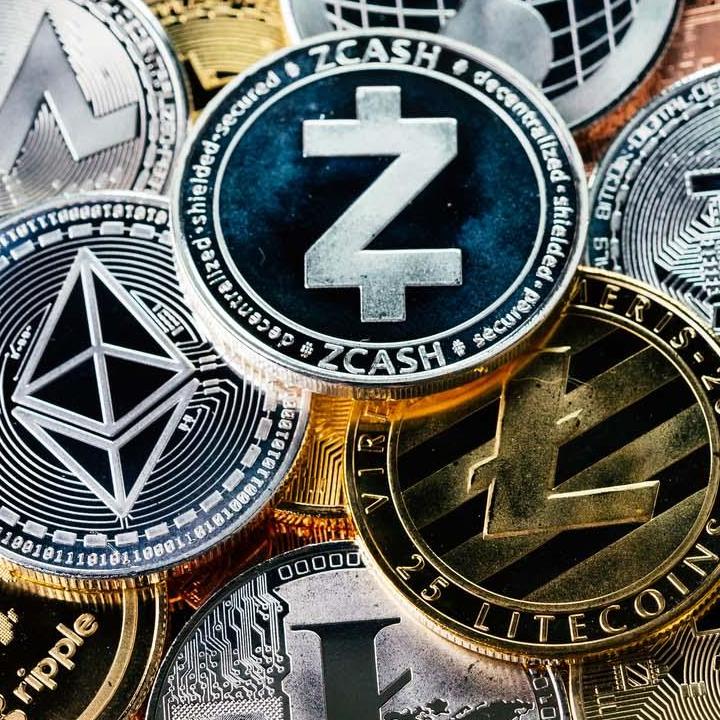It's 2021. Super Bowl champion Tom Brady is starting an NFT company, Christie's is explaining CryptoPunks to everyone, Saturday Night Live is creating jams about NFTs, Beeple and Mark Cuban are advocating NFTs’ use case — yet, here I am, the CEO of a company that helps users securely store their nonfungible tokens and I still think the actual value of NFTs is to be decided.
It's important to back up and remember that, although it seems like we have all always known about NFTs, the opposite is true. Up until this year, NFTs were not only a novelty idea that would never be a story on cable news, but their use case was still being worked out in the blockchain industry. Although the recent hype has been fun, I believe that this current iteration of NFTs is far from the game-changing, revolutionary potential that they can truly unlock for entire industries.
Related: How NFTs, DeFi and Web 3.0 are intertwined
What makes NFTs different from Bitcoin
NFTs are different from all other use cases of cryptocurrencies. Bitcoin (BTC) is considered a fungible store of value, and blockchains like Ethereum, Cardano and Polkadot help developers unlock utility via the blockchain for various DeFi projects. An NFT, on the other hand, is a uniquely generated token that uses the Ethereum blockchain to represent ownership of a digital asset in a way that is unchangeable over time.
Related: DeFi who? NFTs are the new hot stars on the crypto block
With everyone from retired professional wrestler The Undertaker to Lindsay Lohan pushing their own NFTs to take advantage of the trend, this feels far more like Ty Beanie Babies hype than revolutionary tech. Once the trend settles or the bubble bursts, all you are left with is a certificate of ownership that holds no value, which begs the question: Why not just right-click and “save as” to make a copy without spending $69 million?
Forums
Cryptocurrency Forums - Join the Bitcoin Chat and Forum - Live Bitcoin Discussion about cryptocurrency trends and Chat Platforms.
Beyond the hype: NFTs’ actual value is still to be determined
Beyond the hype: NFTs’ actual value is still to be determined
